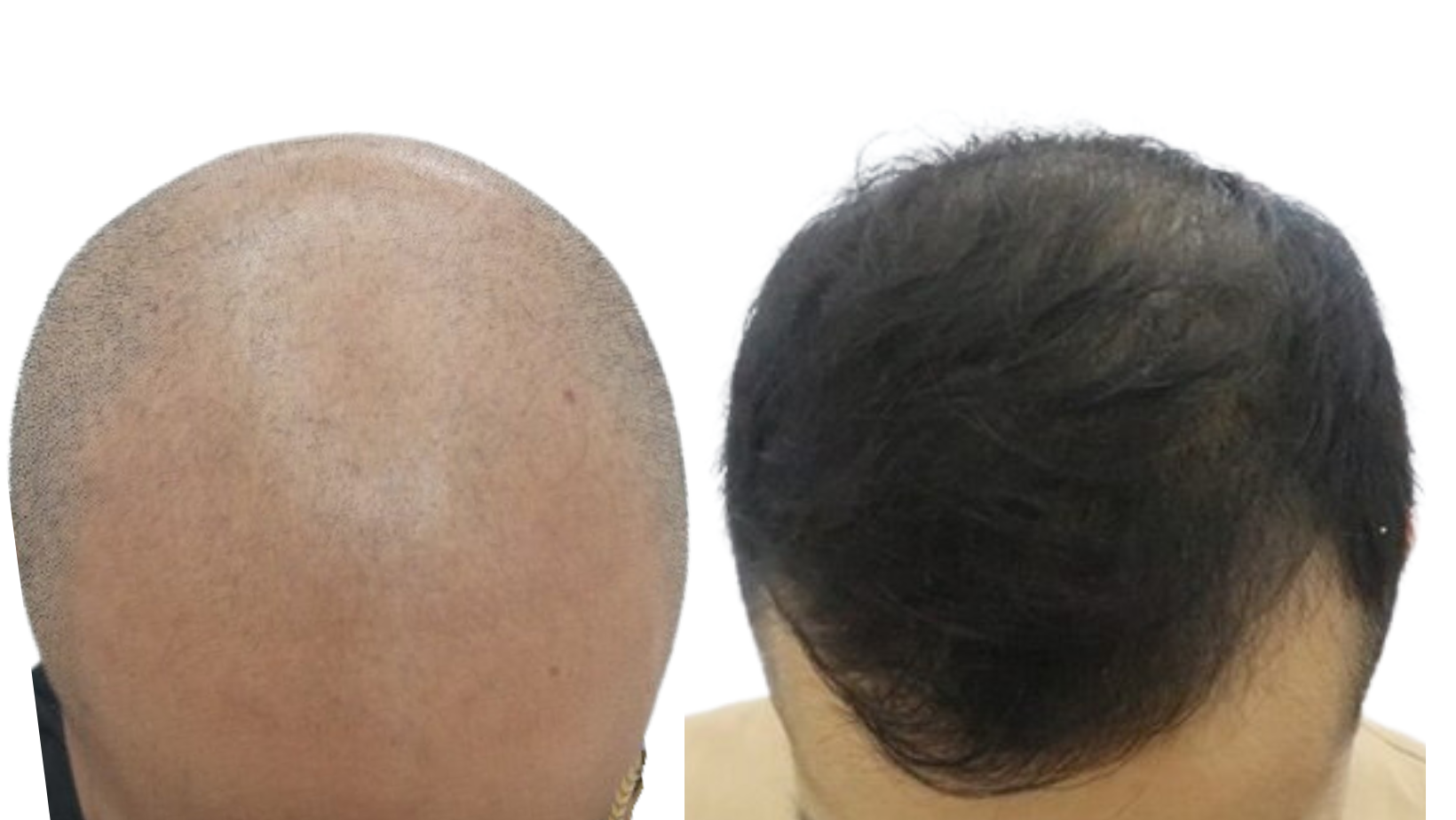
Hair transplant is a permanent solution of male pattern baldness. Experts have found that some hairs on the scalp are baldness-resistant. These hairs grow in the back and on both sides of the people. Hair loss doctors borrow these hairs with the help of hair transplant techniques and insert them into the bald scalp.
Since the transplant hairs are baldness-resistant, they are supposed to grow in the transplanted areas with full strength. Usually, hair loss patients are curious to know about expected results after the hair loss treatment. Therefore, in this blog, we are going to talk about the recovery period after the surgery.
Side effects like swelling, mild pain, and redness on the forehead are usual after the treatment and these symptoms go away within a couple of weeks. Your doctor is supposed to provide proper instructions and medications to help you deal with aftereffects. Moreover, transplanted hair follicles go into the resting phase. Thus, it is completely normal if you observe hair shedding within 2 to 4 weeks after the surgery.
You will not observe new hair growth 3 months after the best hair transplant. After this period, you are expected to see new hair follicles emerging from the transplanted area. by the end of the third month, nearly 30% of hair growth is seen in the recipient area. The percentage of hair growth is going to increase in upcoming months and by month 6, you are supposed to see approximately 60% of transplanted hairs grow with optimum thickness and strength. 90-100 hair growth is seen after the ninth month. Still, you will see improvement in thickness and density and this process may take 12 to 18 months.
It is confirmed that you will see optimum results if you follow these vital steps. Sleep with an elevated head to reduce the chances of swelling. Wash your hair regularly with a mild shampoo to keep your scalp clean. Do not go outside to avoid sunshine or UV rays since direct sunlight is harmful to your newly transplanted hairs. Stop heavy activities like exercise, running, weightlifting, etc. These activities promote sweating and may increase the flow of blood in your scalp as well to harm the hair follicles. Take your medicines on time and have proper rest.
Ask your surgeon when you want to return to your daily activities. After your hairs are fully grown, you can apply hairstyle and hair products but during the recovery period, sway away from these hair products because of the presence of chemicals.
To enhance your knowledge about the recovery period after hair transplant surgery, you have to visit GLOJAS Hair Specialist Clinic whereby hairloss treatment will resolve all your issues related to your hair and scalp.